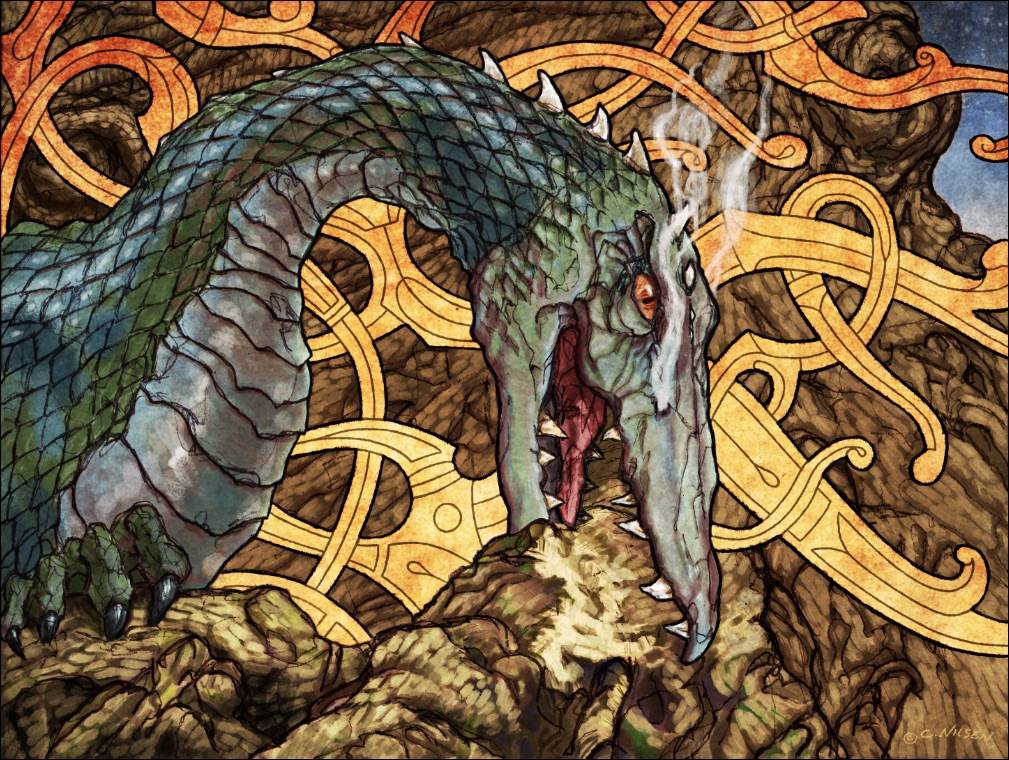

Honir – A long-legged, indecisive god.A blind god who accidentally killed his brother Balder. Rode to Hel to try and rescue his brother Balder. Hel – ruler of Helheim, the realm of the dead.Often identified with Rig, the creator of three races of men. Heimdall – Watchman of the Norse gods and owner of the horn Gjall.Harbard – Odin disguised as a ferryman when he wrangles with Thor.Gullveig – A Vanir goddess (probably Freyja) who is burned three times by the Aesir.Grimnir – Pseudonym of Odin when he visits his foster son Geirrod, King of the Goths.Tricked the king of Sweden out of a tract of his land. Gangnrad – Pseudonym of Odin when he visits Vafthrudnir.Freyja – Main goddess of the Vanir (fertility gods).Fjorgyn – Lover of Odin and mother of Thor.Einherjar – Band of dead warriors in Valhalla who await Ragnarok.Said to ride around the earth on his horse Skinfaxi. Created by the cow Audmula licking him from ice. Bragi – The Norse God of poetry and eloquence.Bor – Son of Buri and father of Odin, Vili and Ve.Bolverk – The alias Odin adopted when disguised as a giant to win the mead of poetry.

Aesir – A group of warrior gods led by Odin who inhabit Asgard.Married to Ran and lives under the waves near the island of Hlesey. Norse mythology not only has it’s gods, goddesses and immortals but also a myriad of other characters and creatures that populate the stories including giants, dwarfs, monsters, magical animals and objects. The Myths on this site are largely based on the translations of Snorri Sturluson’s work by Kevin Crossley-Holland an English translator, children’s author and poet. Sturluson’s works have been translated many times over and in many languages. They are “said” to be the least biased writings of the lot. The myths presented on this website were derived from the works of Snorri Sturluson an Icelandic historian, poet, and politician (1179 – 1241). Many of these sources however are said to be tainted by the Christian bias of the writers. Norse mythology comprises the pre-Christian beliefs and legends of the Scandinavian peoples including those who settled on Iceland where most of the written sources for Norse mythology were assembled. These stories were passed down in the form of poetry until the 11th – 18th centuries when the Eddas and other texts were written. The Norse Gods are the mythological characters that, as far as we know, came from the Northern Germanic tribes of the 9th century AD.


 0 kommentar(er)
0 kommentar(er)
